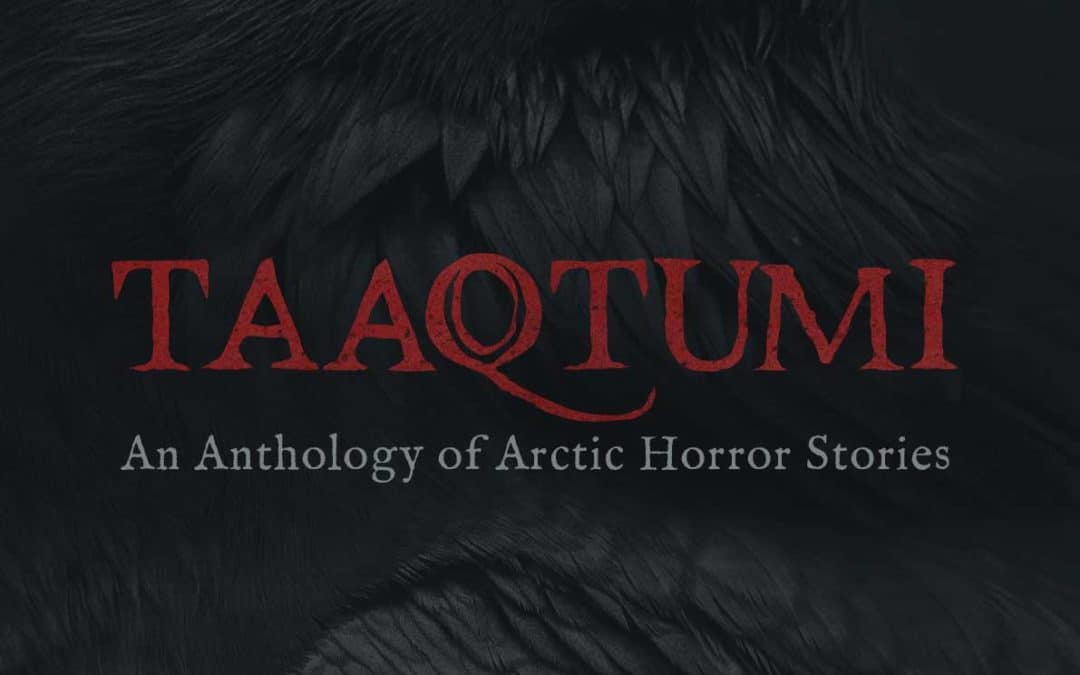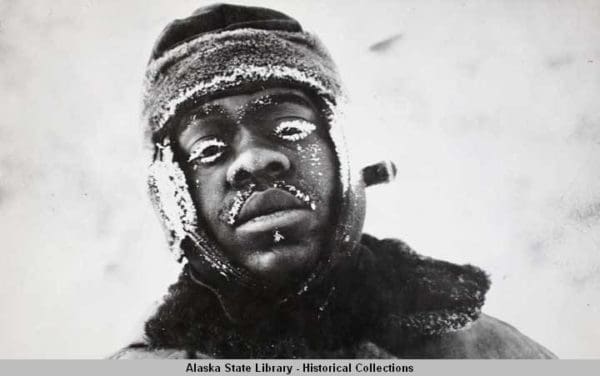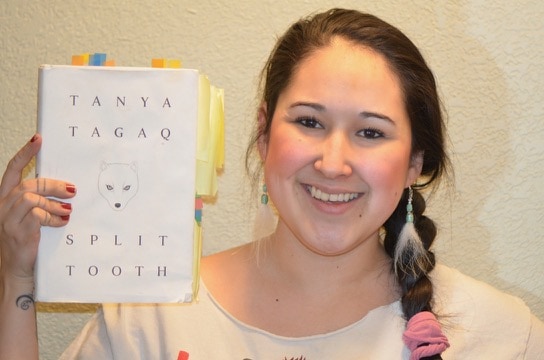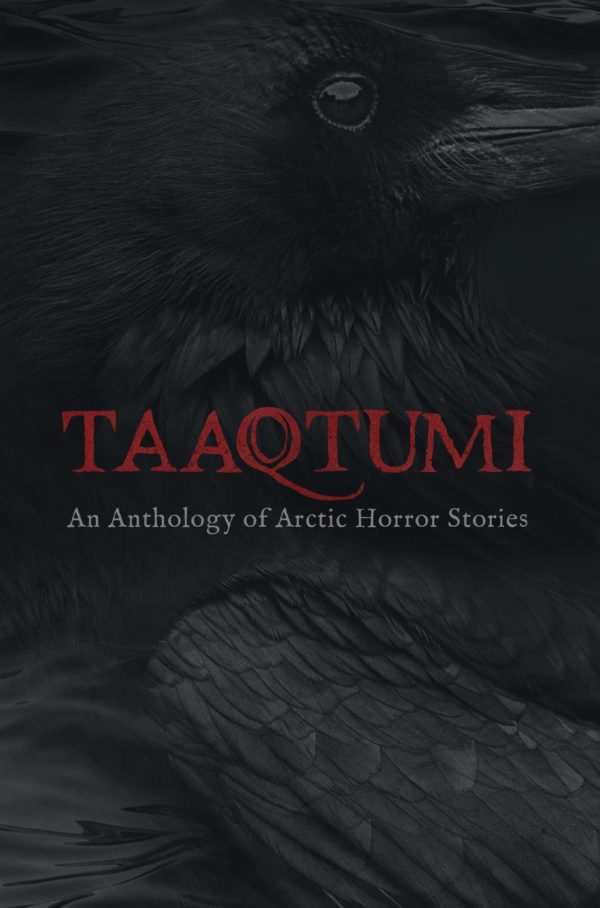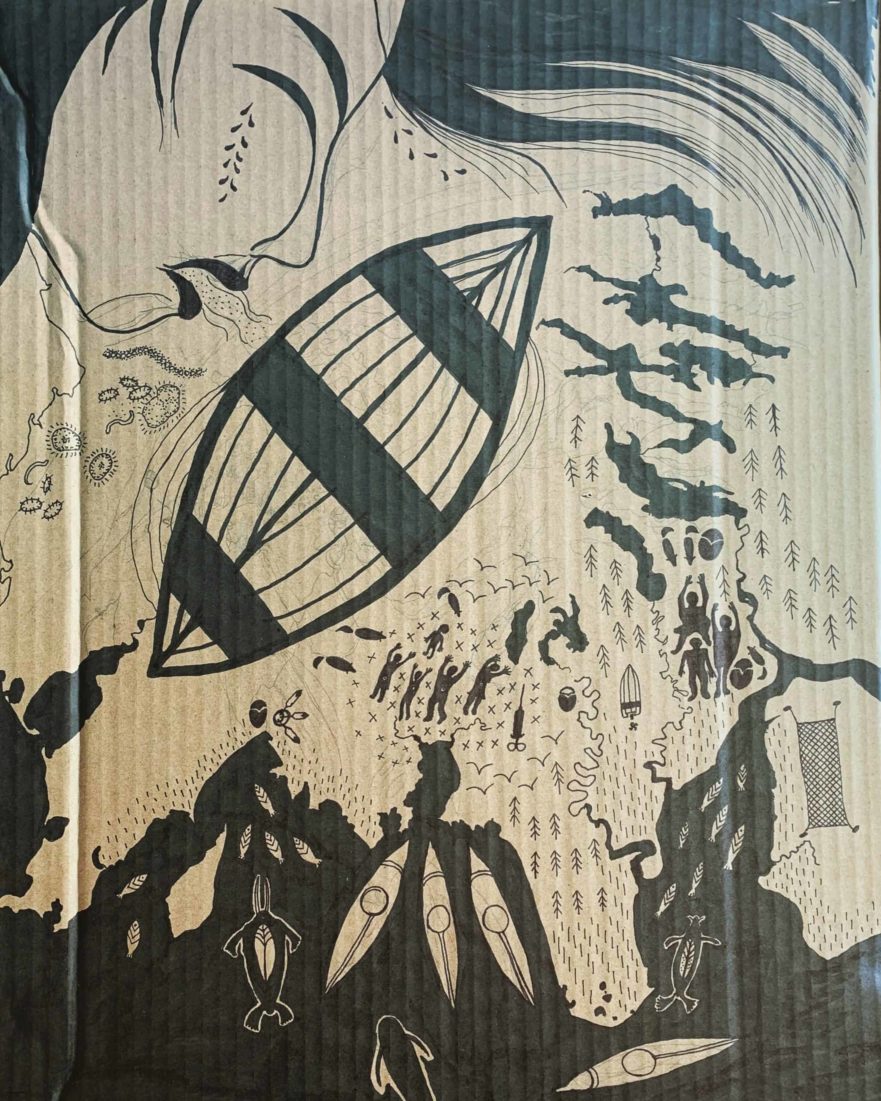Taaqtumi: “In the Dark”
Dogs, blizzards, and ice dominate the dark landscape of Taaqtumi, An Anthology of Arctic Horror Stories. A supporting cast of zombies, nanurluk (giant polar bear), snowmobiles, and more, round out these horror stories from the far North. Traditional Iñuit storytelling and modern literary styles weave together legends and more recent historical tragedies, blurring the line between fictional horror, and the dystopian futures we fear.
All this, just in time for Hallowe’en.
As Winter Darkness Descends,
The stories begin more mystical and suggestive. The crescendo of grisliness increases throughout. In the first story, “The Haunted Blizzard,” the primary horror is left to the imagination with an abrupt ending, characteristic of Iñuit storytelling. “The Door” provides an Arctic rendition of the horrors of Pandora’s Box, while “Revenge” teaches familiar lessons through Iñuit archetypes. “Wheetago War II: Summoners”, “Lounge,” and “Utiqtuq” thread forward the historical impacts of colonialism and disease, using a dystopian, science fiction approach to horror. Beating toward final madness, “Sila,” “The Wildest Game,” and “Strays” are psychological thrillers, blurring the mystical with extreme distress and psychosis, testing the reader’s response to the darkest of human impulses. The final story, “Strays,” is hauntingly reminiscent of Tim O’Brien’s In the Lake of the Woods, in the way it weaves together psychological complexity, weather, geography, nuances of remote village infrastructure, and culture. “Sila,” however, best encapsulates a unifying theme: Survival in the Arctic requires understanding that unpredictable horror, and the decisions it forces, is part of the fabric of life in the North.

In Taaqtumi, each author delivers
The punch of each story and of the collection as a whole, makes it easy to overlook some uneven syntax early in the book. The cover is stunning, with a raven and embossed red title. Glossary of Iñuit terms at the end enriches the book as a whole. Authors include Aviaq Johnston, Ann R. Lovelock (Cara Bryant), Richard Van Camp, Tomas Anguti Johnston, Sean Qitsualik-Tinsley and Rachel Qitsualik-Tinsley, Gayle Kabloona, K.C. Carthew, Jay Bulckaert, and Repo Kempt.
To keep our youth guessing, and reading
Targeted to young adults, this book will make a rich and spooky treat for the young teens who will be sitting inside by the door this Hallowe’en, waiting for the bell to ring, instead of going out trick-or-treating. Available for purchase wherever books are sold (please support your local independent bookstore), or online from the publisher, Inhabit Media. It is also available at our bookstore at this link, with a 15% discount if you type in ‘taaqtumi’ under the coupon code at checkout (by the end of November 2019).
Inspiring further reading
For more Iñuit storytelling, check out our review of Split Tooth by Tanya Tagaq, (review written by M. Jacqui Lambert).
For more about Iñupiaq history in Alaska, check out our review of Menadelook by Eileen Norbert.
And–for more about Indigenous Horror writing in general, check out this great review by Alicia Elliot, (author of the recently published “A Mind Spread Out on the Ground), “The rise of Indigenous horror: How a fictional genre is confronting a monstrous reality.”

